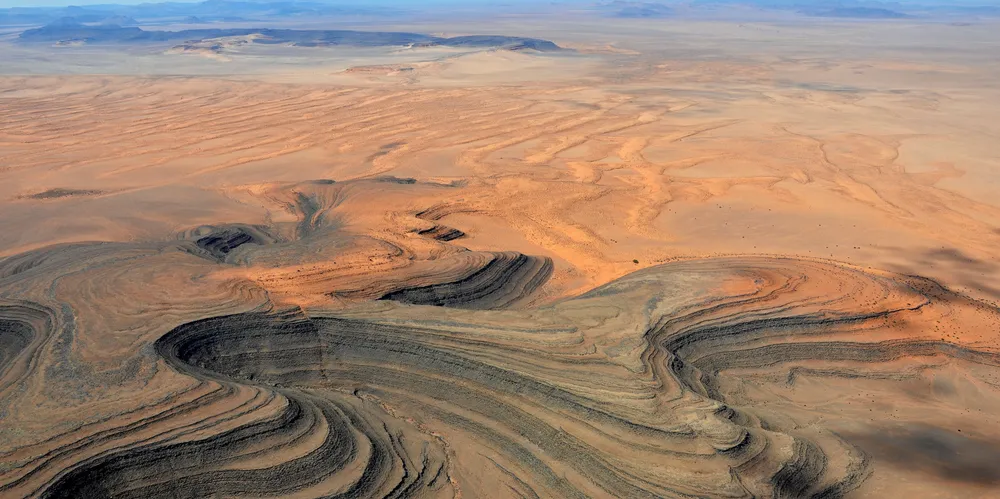British-German developer wins tender to build 3GW green hydrogen project in Namibia
Powered by 5GW of wind and solar, the $9.4bn facility could produce some of the cheapest renewable H2 in the world for export

Powered by 5GW of wind and solar, the $9.4bn facility could produce some of the cheapest renewable H2 in the world for export
